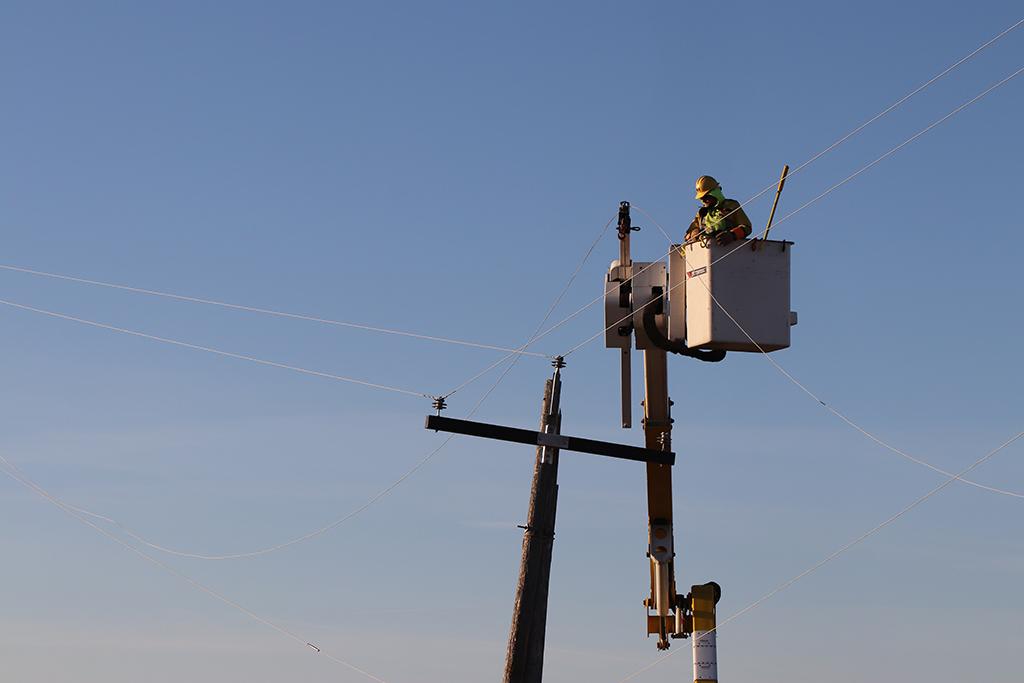
Career path of a lineworker
Lineworkers have lots to learn before they’re able to work on the live wires that bring power to your home or business.
Posted by Lauren Dublin on March 25, 2025
Lineworkers have lots to learn before they’re able to work on the live wires that bring power to your home or business. Here is what progression in a lineworker’s career usually looks like.
Hotline school: After high school, most students do one year of hotline school, which runs September to May. Others opt for a two-year program.
Intern: Interns help crews with day-to-day activities. They do not work on energized lines, and mostly do tasks like flagging traffic, shoveling, and driving trucks.
Apprentice: There are eight steps in the apprentice program. It takes about four years to complete all eight steps. Apprentices must complete bookwork, pass knowledge tests, and show proficiency in skills like tree trimming, street lighting, and line construction and maintenance. They must be in their third year before working with energized lines, at the discretion of their foreman.
Journeyman: After completing their books and 7,500 hours of qualifying work, linemen can apply for their journeyman license, which is accredited through the state.
Foreman: Foremen lead daily job briefings, often known as tailgate meetings, oversee crews, and have years of knowledge and hands-on experience as a journeyman.
Continuing education: Lineworkers maintain certifications in CPR and first aid, as well as their commercial driver’s license (CDL). They regularly attend safety trainings and classes about new developments in the electrical field.

